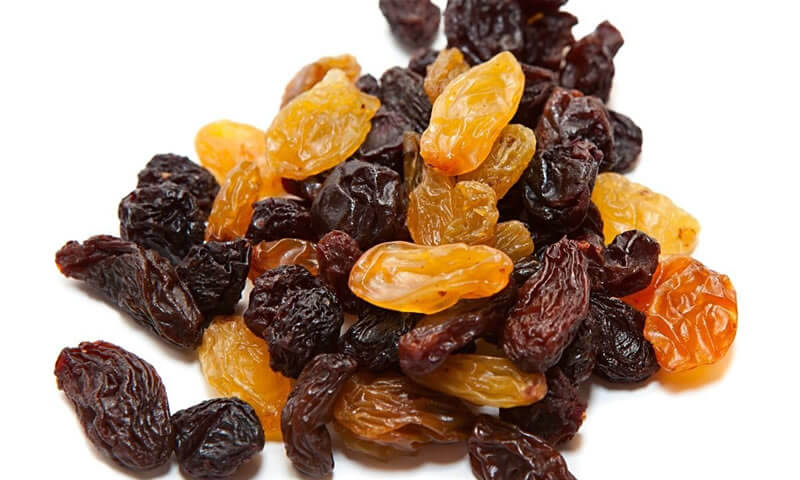
20 Aug Sink-Float Raisins
Amaze your friends and family with this amazing activity. All it takes is a bunch of raisins, some fizzy water, and a little science know-how!
Here’s What You Need
- 2 Clear cups
- Tap Water
- Tonic Water
- Raisins
Here’s What You Do
Fill one of the cups with tap water and the other with tonic water. What do you think will happen when you put some of the raisins in the tap water? What about the tonic water? Will they sink or float? Make a guess. Next, take some of the raisins and drop them into the tap water. Observe what happens. Now, take some of the raisins and drop them into the tonic water. Did anything different happen?
Many people have experimented with objects other than raisins for this activity. Here are some of the objects that seem to act similar to the raisins:
- Popcorn kernels
- Mothballs
- Spaghetti
- Rice
- Macaroni
Try experimenting on your own. You never know what you might find!
The Science Behind The Sink-Float Raisins
In order to understand what is happening with the sink-float raisins, you need to understand a bit about the science behind tonic water. Tonic water is a carbonated beverage. That means that carbon dioxide gas has been dissolved into a liquid (that liquid is water in the case of tonic water). When you drop the raisins into the tonic water, some of the carbon dioxide escapes from the water. You can see tiny bubbles rising up from the bottom of the glass. That’s the carbon dioxide. As the bubbles of carbon dioxide escape from the water, some of them attach to the irregular surface of the raisins. When enough bubbles stick to the raisin, it floats to the surface. When the raisin reaches the surface of the water, some of the bubbles of air escape into the atmosphere, the raisin sinks back to the bottom of the cup and the entire process starts all over again. The effect will last longer if the container is sealed, as less carbon dioxide will be able to escape.

